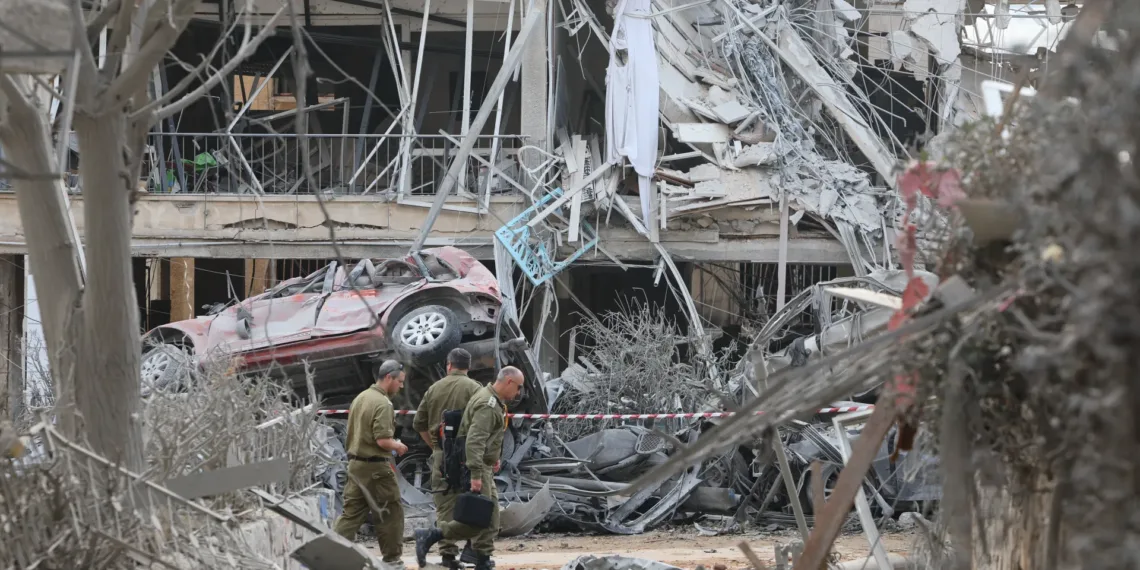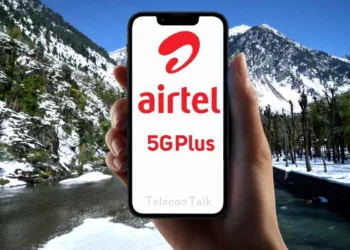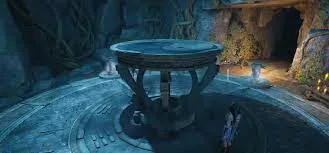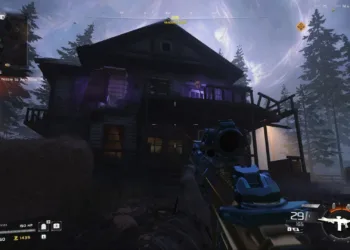Iran Israel Conflict, the impossible happened in broad daylight. Israel’s Iron Dome, the technological marvel that has protected Israeli civilians for over a decade, met its match when an Iranian missile pierced through its defenses and struck central Tel Aviv.
The viral video capturing this unprecedented moment has sent shockwaves through the international community, raising urgent questions about the effectiveness of modern missile defense systems and the rapidly escalating Middle East tensions that threaten to engulf the entire region.
Table of Contents

The Day the Iron Dome Failed
Tuesday morning started like any other in Tel Aviv’s bustling Kirya district, home to Israel’s Ministry of Defense and IDF headquarters. Office workers were settling into their routines, security personnel were conducting regular patrols, and the city’s rhythm continued its familiar beat. Nobody could have predicted that within hours, this heavily fortified area would become the site of a defense failure that would redefine Middle Eastern military calculations.
The Iranian missile, launched as part of a coordinated barrage, approached Israeli airspace like dozens of others before it. The Iron Dome system, with its sophisticated radar arrays and interceptor missiles, tracked the incoming threat and launched its defensive response. For years, this scenario had played out successfully, with interceptors neutralizing threats well before they could reach populated areas.
But this time was different. This time, the world watched in stunned silence as the missile continued its trajectory, breaking through the defensive umbrella that Israelis had come to trust with their lives.
Viral Video Captures History in Real Time
The footage that has now been viewed millions of times across social media platforms captures a moment that military analysts will study for decades. Shot from a nearby building, the shaky mobile phone video shows the Iron Dome interceptors streaking across the sky, their contrails clearly visible against the morning sun. Then comes the moment that changed everything—the flash of impact as the Iranian missile finds its target.
“I was just filming the Iron Dome doing its job like always,” says Maya Cohen, the amateur videographer whose footage became global news. “I’ve seen it work perfectly dozens of times during rocket attacks from Gaza. But this time, something went wrong. I kept filming because I couldn’t believe what I was seeing.”
The video’s authenticity has been verified by multiple news organizations and military experts, making it an invaluable record of a historic military moment. Within hours of being posted, it had been shared across every major social media platform, with military analysts providing frame-by-frame breakdowns of the failure.
The Target: Israel’s Military Heart
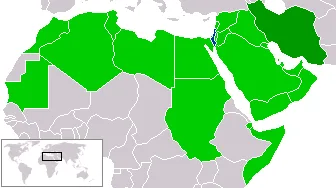
The Iranian missile struck a compound housing several military facilities, including sections of the IDF headquarters complex. While Israeli authorities have not disclosed the full extent of the damage or casualties, the symbolic impact cannot be understated. The Kirya district represents the nerve center of Israeli defense operations, making it both a strategic target and a powerful statement about Iran’s capabilities.
Retired IDF Colonel Avi Melamed explains the significance: “The Iron Dome isn’t just a defensive system—it’s a symbol of Israeli technological superiority and security. For an Iranian missile to penetrate these defenses and strike at the heart of our military establishment sends a message that resonates far beyond the physical damage caused.”
Local residents describe the immediate aftermath as surreal. Sarah Goldstein, who works in a nearby office building, recalls: “The explosion shook our entire building. We’ve gotten used to the sound of the Iron Dome interceptors, but this was different. There was this terrible silence after the boom, and then the sirens started wailing like I’ve never heard them before.”
Iran’s Message to the World
The successful breach represents more than just a military achievement for Iran—it’s a carefully calculated demonstration of evolving capabilities that has military planners across the region reassessing their defensive strategies. Iranian officials have been notably quiet about the specific technology used, but the implications are clear: the regional military balance has shifted.
Defense analyst Dr. Rachel Stern notes: “This isn’t just about one missile getting through. It’s about Iran demonstrating that even Israel’s most advanced defensive systems have vulnerabilities. That psychological impact may be more significant than any physical damage caused by the strike.”
The timing of the attack, coming amid already heightened tensions in the region, suggests a deliberate escalation by Iranian forces. Military experts believe the breach may have been achieved through a combination of overwhelming the system with multiple simultaneous threats and possibly employing new missile technology designed to evade interception.
Regional Implications and Global Concerns
The Iron Dome breach has sent ripples throughout the international community, with allies and adversaries alike taking note of its implications. NATO officials have called emergency meetings to discuss the potential impact on allied missile defense systems, while regional powers are reassessing their own defensive capabilities.
The incident has particular significance for other nations relying on similar defensive technologies. Countries from South Korea to Poland operate systems based on similar principles, and the demonstrated vulnerability in Tel Aviv has prompted urgent reviews of these installations.
U.S. military officials, speaking on condition of anonymity, acknowledge the concerning implications: “If the Iron Dome can be penetrated, it raises questions about the effectiveness of layered missile defense systems globally. We’re conducting immediate assessments of our own defensive capabilities.”
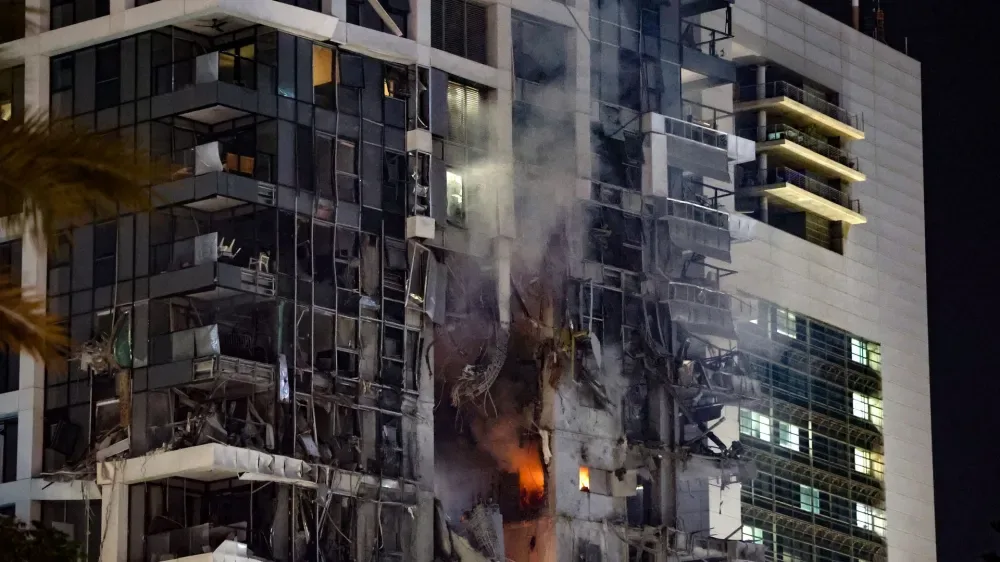
The Human Cost of Escalation
Beyond the military and political implications, the breach has profoundly impacted the daily lives of Israeli civilians who have lived under the Iron Dome’s protective umbrella for over a decade. The psychological effect of seeing their primary defense system fail has created a new sense of vulnerability in a population already accustomed to living with security threats.
Tel Aviv resident David Rosen captures this sentiment: “My children have grown up thinking the Iron Dome made us safe. How do I explain to them that the protection we relied on isn’t perfect? How do we go back to normal when normal has just been redefined?”
Looking Forward: A New Middle Eastern Reality
The successful Iranian missile strike represents a turning point in Middle Eastern military dynamics. As video footage of the breach continues to circulate globally, military strategists on all sides are adapting their calculations to account for this new reality.
The incident serves as a stark reminder that in the rapidly evolving landscape of modern warfare, technological superiority can be temporary, and the balance of power can shift with a single successful strike. As tensions continue to escalate, the viral video of the Iron Dome breach stands as a watershed moment—the day the impossible became reality in the skies over Tel Aviv.

